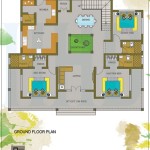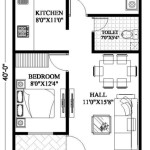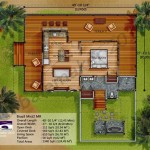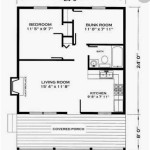The Essential Aspects of a Business Plan for House Flipping
Flipping houses can be a lucrative business venture, but it's essential to approach it with a well-structured business plan. A comprehensive plan will help you define your goals, outline your strategies, and anticipate potential challenges. Here are the key elements to include in your business plan for house flipping:
1. Executive Summary
The executive summary provides a brief overview of your business plan, including your goals, strategies, and financial projections. Keep it concise and clear, highlighting the critical aspects that investors or lenders may want to know.
2. Market Analysis
Conduct thorough research on the local real estate market to identify promising areas for flipping. Analyze trends in property values, rental rates, and neighborhood demographics. This will help you select properties with high potential for appreciation.
3. Business Model
Describe the approach you will take for sourcing, renovating, and selling properties. Whether you focus on distressed properties, fixer-uppers, or luxury flips, clearly define your business model and the strategies you will use.
4. Financial Analysis
The financial analysis section is crucial for securing funding and evaluating the profitability of your flips. Provide detailed financial projections, including estimated acquisition costs, renovation expenses, holding costs, and projected sales prices. Clearly outline how you will manage cash flow and ensure profitability.
5. Renovation Plan
Outline your strategies for renovating properties, including the scope of work, materials, and estimated costs. Consider energy efficiency measures, curb appeal enhancements, and other value-adding improvements that can increase property value.
6. Marketing Plan
Develop a comprehensive marketing plan to promote your flipped properties and attract potential buyers. Determine your target audience, marketing channels, and advertising strategies. Consider online listings, social media marketing, and traditional advertising methods.
7. Team and Resources
Identify the team members involved in your flipping business and their roles. Describe their expertise and how they will contribute to the success of your projects. Additionally, outline the resources you will need, such as contractors, suppliers, and legal counsel.
8. Exit Strategy
Consider the timing and methods for selling your flipped properties. Evaluate the market conditions, explore different exit strategies (e.g., listing with a real estate agent, selling to investors), and estimate the potential return on investment.
9. Contingency Plan
Anticipate potential challenges that may arise during your flipping projects. Develop a contingency plan to address unexpected delays, cost overruns, or changes in market conditions. Outline the steps you will take to mitigate risks and ensure the success of your business.
10. Executive Summary Recap
Conclude your business plan with a brief recap of your key points. Summarize your goals, strategies, financial projections, and contingency plans. This will provide investors or lenders with a clear and concise understanding of your business model and its potential for success in the house flipping market.

Real Estate House Flipping Business Plan Template Archives Black Box Plans

House Flipping Business Plan A4 Word Document

House Flipping Business Plan Template 2024 Planbuildr
What Are Some Business Plan Examples For Flipping Houses Quora

How To Start A House Flipping Business In 7 Steps Free

Real Estate House Flipping Business Plan Template Honest Plans

Supply A Real Estate House Flipping Company Business Plan Template By Jssnetbay Fiverr

Real Estate House Flipping Business Plan Template Honest Plans

Flipping Houses Powerpoint Templates Slides And Graphics

Flipping Business Plan Powerpoint Presentation And Slides Slideteam








